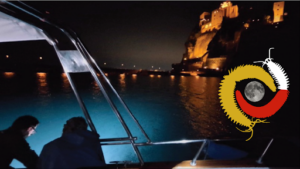
Determining hotspots of cellular adaptation in the marine annelid Platynereis dumerilii
Cosmopolitan organisms possess the ability to easily adapt to new conditions and habitats. The molecular changes orchestrating the adaptation and microevolution of particular cell types and tissues to changing conditions as in times of global warming are, however, poorly understood. The goal of the Arendt group at EMBL Heidelberg, is to identify cell types that are prone to environment-driven change for the cosmopolitan marine worm Platynereis dumerilii. We are currently sampling different P. dumerilii populations across European coastal sites to unveil transcriptomic differences within different cell types. We have sampled populations from Sweden, Spain, France, Italy and Greece which provide insights into abundance changes for certain cell types and site-specific gene expression patterns.
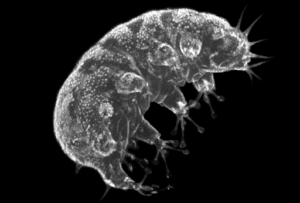
Diversity and assemblage of meiofaunal communities in European coastal zones
Meiofauna is a vital link in benthic ecosystems. Ifremer, in the context of Meiodyssea project (https://meiodyssea.ifremer.fr/) will characterize the diversity of meiofauna present in European coastal zones using imaging methods based on flow cytometry to understand the environmental and anthropogenic factors shaping these communities, on a scale unprecedented for these organisms.
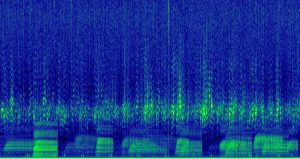
Soundscapes, environmental changes & noise pollution
As part of the EU BIOcean5D project, L. Di Iorio and co-workers at UPVD will assess the biogeography of bioacoustic diversity and investigate environmental state-pressure relationships using soundscapes. Noise pollution will be quantified to study its impact on model systems. The collaboration with the CNRS & EMBL involved in other TREC projects will allow to appraise functional aspects of soundscapes.

Mechanisms of environmental adaptation in planarian flatworms
Why can some species live in a wide range of habitats, while others cannot? The Vu group (in collaboration with many folks at EMBL and beyond) aims to answer this question by first, carrying out a systematic field sampling of planarian flatworms along the coastline of Europe; and second, applying cutting-edge single cell multiomics and targeted perturbations to wild planarians brought back to the lab.
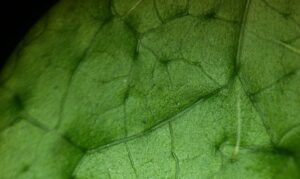
FunLeaf – citizen science
FunLeaf project is led by Dr. Niloufar Hagh-Doust at University of Tartu, Estonia. This citizen science project aims to describe the biodiversity of microorganisms associated with the plant leaves across the globe. Using DNA-based methods for identification, the aim is to determine the environmental features that shape the leaf microbiome and add one piece to the puzzle of global biodiversity.
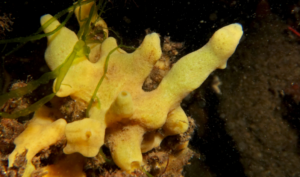
Microbial variation and individuality in a marine sponge
The Hentschel lab at GEOMAR will define the effects of environmental gradients on microbiome variation and individuality in the sponge H. panicea. We will explore taxonomic and functional gene variation of the dominant microbial symbiont clade and immune gene variation on the host side. Our overarching aim is to move marine sponge symbioses from an exploratory to experimental arena for host-microbe interactions.
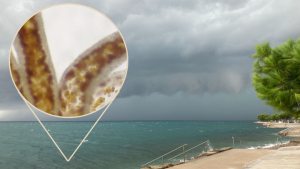
Animal-algae symbiosis across coastal marine gradients
Led by the Hambleton lab (Uni Vienna), this project will use transcriptomics and lipidomics to assess the biogeography and function of dinoflagellate algae in marine sediments and in symbiosis with marine invertebrates. We aim to reveal how key symbiotic organisms are affected along evolutionary and environmental gradients, allowing predictions of how these symbioses will respond to accelerating climate change.
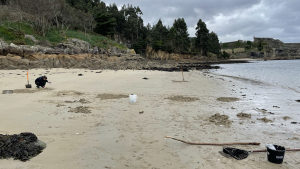
Diversity of intertidal annelids across the European Atlantic coastline
The Animal Evolution and Biodiversity department at the University of Göttingen investigates the annelid macrofauna across the European coast in TREC project. Animals are sampled across a defined transect covering the upper-, middle-, and lower-intertidal zones at sandy and rocky shores. A subset of focus taxa is analysed morpho-genetically to unravel taxonomic distribution patterns and to corollate it with the biotic and abiotic factors. (BIOcean5D)
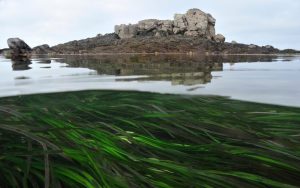
Holobionts and the dynamics of marine meadows
In the frame of the Biocean5D project, the teams of Jillian Petersen (University of Vienna) and Sophie Arnaud-Haond (Ifremer-MARBEC, Evolution and Genetics of Marine Organisms) will coordinate their expertise in microbiology and population genomics of clonal engineer species to characterize the ‘holobionts’ structuring seagrass meadows along European coasts, in order to map biotic interactions and reveal the environments conditioning this possibly fragile equilibrium.
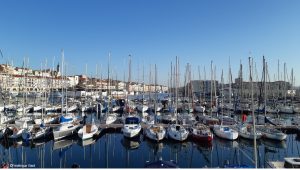
Tracking marine alien species within and outside ports
As part of the Horizon Europe BIOcean5D project, Dr Viard (CNRS) will lead a team of researchers (CNRS, Ifremer, CSIC) to identify, using techniques based on environmental DNA, non-native and invasive marine species present in ports and surrounding natural habitats. This project will allow assessing the importance and spread of non-native species from local to European scales, and will also inform on the role of harbors in these dynamics.
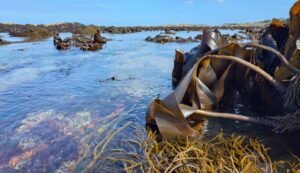
Kelp microbiome across time, space and species
In this joint project between MPI Tübingen (GER) and SB Roscoff (FRA), we will study the biodiversity of kelp forests and their associated microorganisms in European coastal waters. We aim to link the genetic variation of two kelp species, Saccharina latissima and Laminaria hyperborea, with the diversity of their associated microbiota and viruses, focusing on intra- and inter-site variability with respect to the phylogeographic history of the populations. (BiOcean5D)
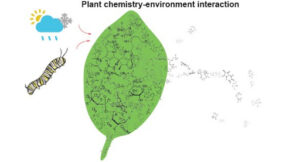
Phytochemical Survey of Coastal Ecological Gradients
This project investigates the diversity and distribution of phytochemicals across European coastal ecosystems, focusing on how environmental gradients — such as edaphic factors and climate — influence the production of bioactive compounds in coastal plant species. By integrating high-throughput fine-scale phytochemical analyses with ecological data, the group of S. Rasman and E. Defossez at Université de Neuchâtel, Switzerland, aim to understand the adaptive strategies of coastal flora and their potential applications in biotechnology and medicine. The findings will contribute to conservation efforts and the sustainable utilization of coastal plant resources.
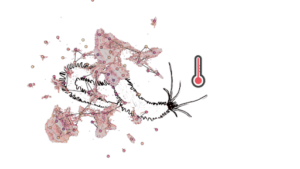
Cellular Adaptation to Temperature
Sequencing genomes can reveal genes underlying adaptation to new environments. However, it is challenging to trace the function of a genetic change to its effect on organismal survival. Here, the Dorrity group will use a similar conceptual approach to instead profile cells in species adapted to different thermal environments, collaborating with the Arendt group to perturb cells and in genes associated with adaptation to natural thermal environments in lab populations of Platynereis.
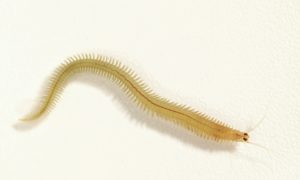
Environmental adaptation of the Annelid brain
This project, led by the Arendt lab at EMBL and collaborators, will explore the cellular composition of the brains and sensory structures of annelids belonging to the Platynereis sp. species complex sampled along the European coast. Using single-cell transcriptomic approaches, this project aims to characterize the cellular changes that help these animals adapt to very different environmental conditions.













